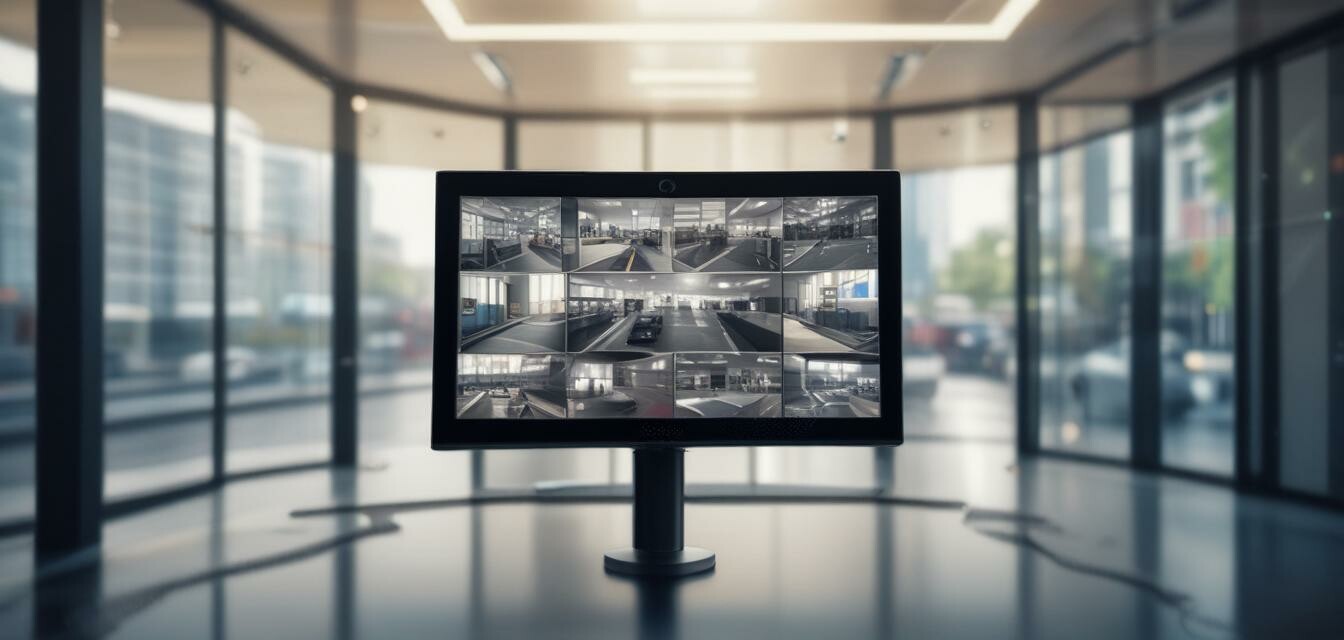
Guide to Using Video Analytics for Security
In today's digital age, security systems are becoming smarter, providing enhanced functionality through video analytics. This guide explores the benefits of integrating video analytics into security camera systems, making monitoring more effective and efficient.
Key Takeaways
- Video analytics enhances security camera systems by providing real-time alerts.
- With intelligent monitoring, you can reduce false alarms significantly.
- Features like motion detection, facial recognition, and more improve security efficiency.
- Proper integration with your existing system is essential for optimal functioning.
- Stay updated on the latest technology trends through dedicated resources.
What is video analytics?
Video analytics refers to advanced software that analyzes video footage, helping to detect and analyze movement and other activities. By utilizing algorithms, these systems can identify different events and behaviors, making them invaluable for security purposes.
Benefits of video analytics in security systems
Integrating video analytics into your security camera systems offers numerous advantages:
| Benefit | Description |
|---|---|
| Real-time Monitoring | Receive immediate alerts related to movement and unusual activities in designated areas. |
| Increased Efficiency | Reduces the need for human monitoring, allowing staff to focus on critical events. |
| False Alarm Reduction | Utilizes intelligent filtering to minimize unnecessary alerts. |
| Advanced Features | Supports functions such as facial recognition, object tracking, and license plate recognition. |
| Improved Response Time | Quickly identify real threats and respond appropriately. |
How video analytics works
Video analytics uses various technologies to process the video feed from your security cameras. Here's how it generally works:
- Data Capture: Cameras capture footage based on predetermined settings.
- Data Analysis: The analytics software processes the data to identify specific activities or events.
- Alerts & Notifications: It sends alerts to users or security personnel based on preset thresholds.
- Storage & Playback: Users can review the footage later for further analysis if necessary.
Common features of video analytics
Here are some common features you can expect when utilizing video analytics in your security systems:
- Motion Detection: Automatically triggers recording when movement is detected.
- Facial Recognition: Identifies known individuals and alerts if an unfamiliar face is detected.
- Behavioral Analysis: Monitors and analyzes actions, like loitering, to identify suspicious behavior.
- Intrusion Detection: Sets virtual boundaries; alerts if someone crosses these lines.
- Heat Mapping: Provides insights on movement patterns to understand user behavior in a space.
Integrating video analytics with your existing security system
When considering enhancements to your current security setup, integration is crucial. Here’s how to successfully incorporate video analytics into your existing camera system:
- Assess Current Equipment: Determine if your current cameras are compatible with video analytics technologies.
- Select Suitable Software: Research and choose video analytics software that aligns with your security needs.
- Professional Installation: For optimal performance, consider hiring experts for installation and integration.
- Regular Updates: Ensure that all software is kept up to date for performance and security enhancements.
Conclusion
Using video analytics in your security camera systems significantly improves monitoring and provides timely alerts, enhancing overall security. As technology continues to evolve, staying informed and integrating advanced video analysis will ensure your home remains secure.
Beginner's Tips for Using Video Analytics
- Start with a clear understanding of your security needs.
- Choose systems with the most relevant features for your specific situation.
- Frequent testing and adjustments of settings can improve accuracy.
- Train your staff or family members on how the system works.
- Regularly review and update the system configurations as needed.
Pros
- High level of automation in monitoring
- Enhanced real-time response capabilities
- Reduced operational costs over time
- Adaptability to various security environments
Cons
- Initial setup costs can be high
- Requires technical knowledge for optimal use
- Can generate false positives depending on the algorithm
- Privacy concerns related to facial recognition technology
Explore our other resources for enhancing your home security capabilities!
